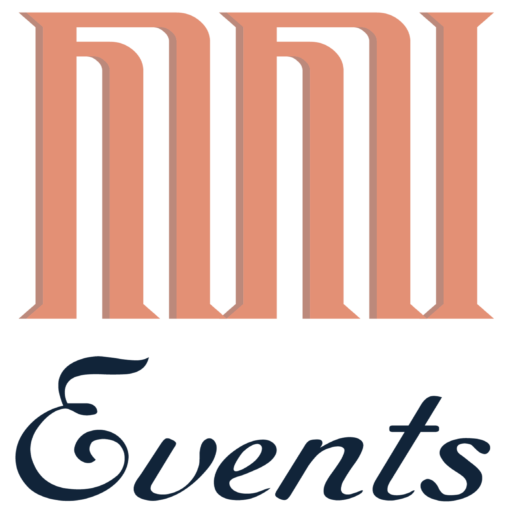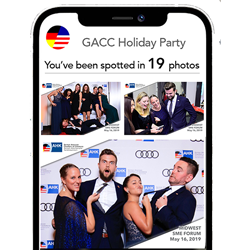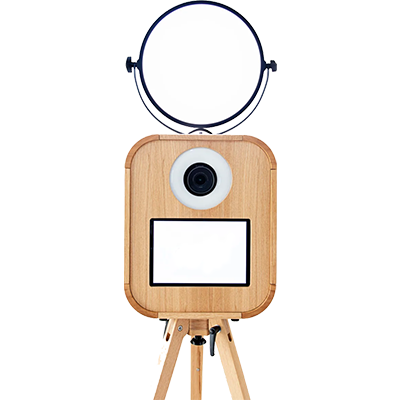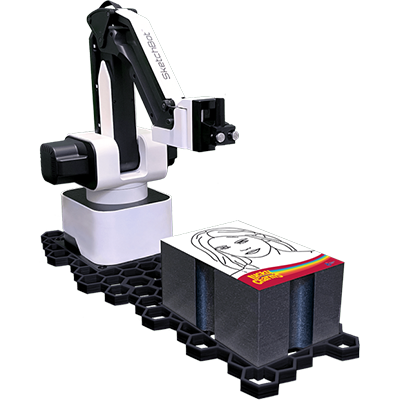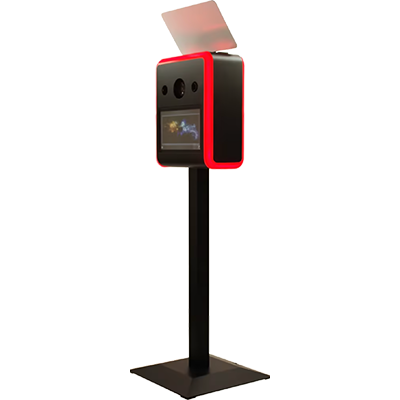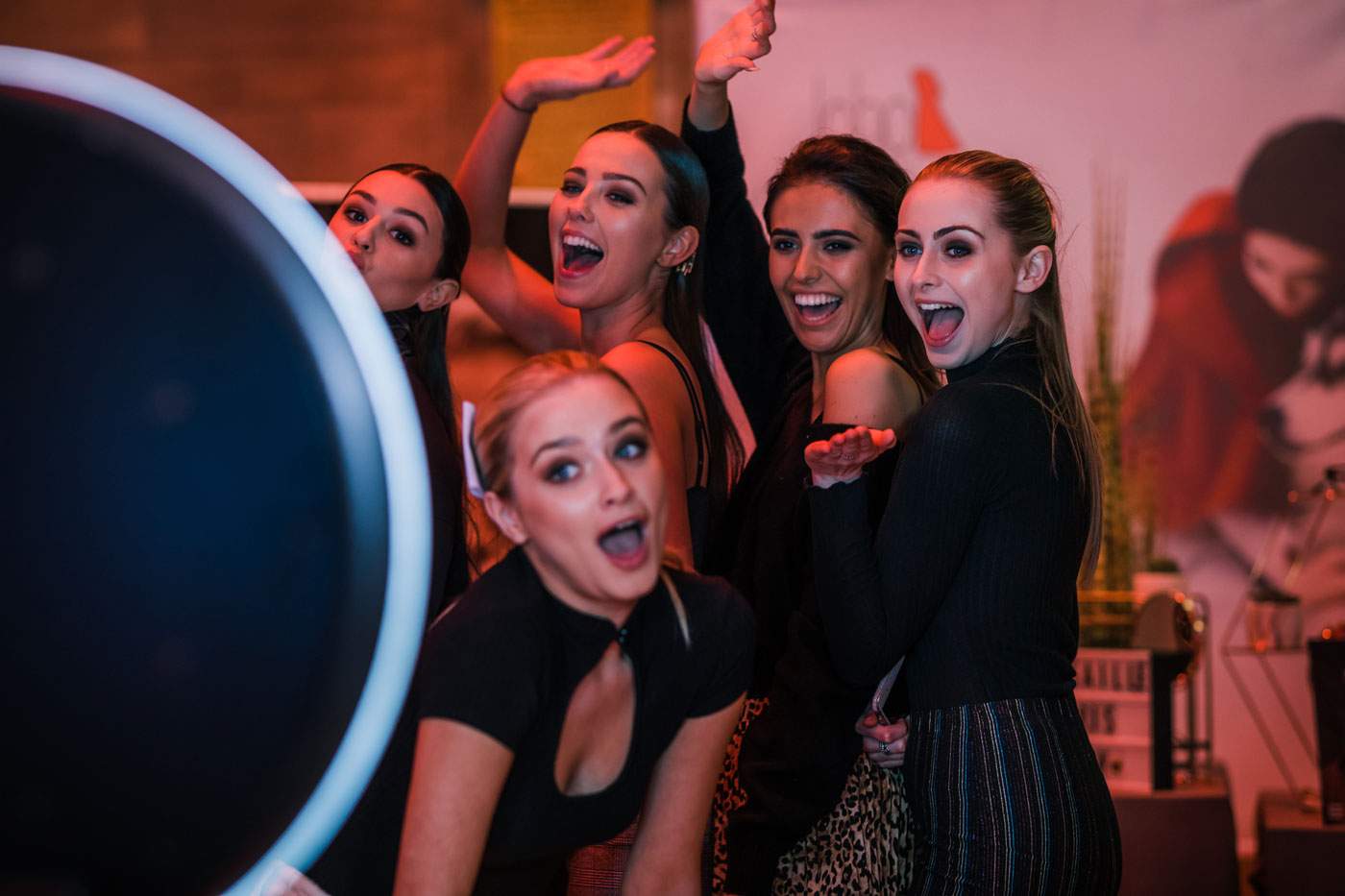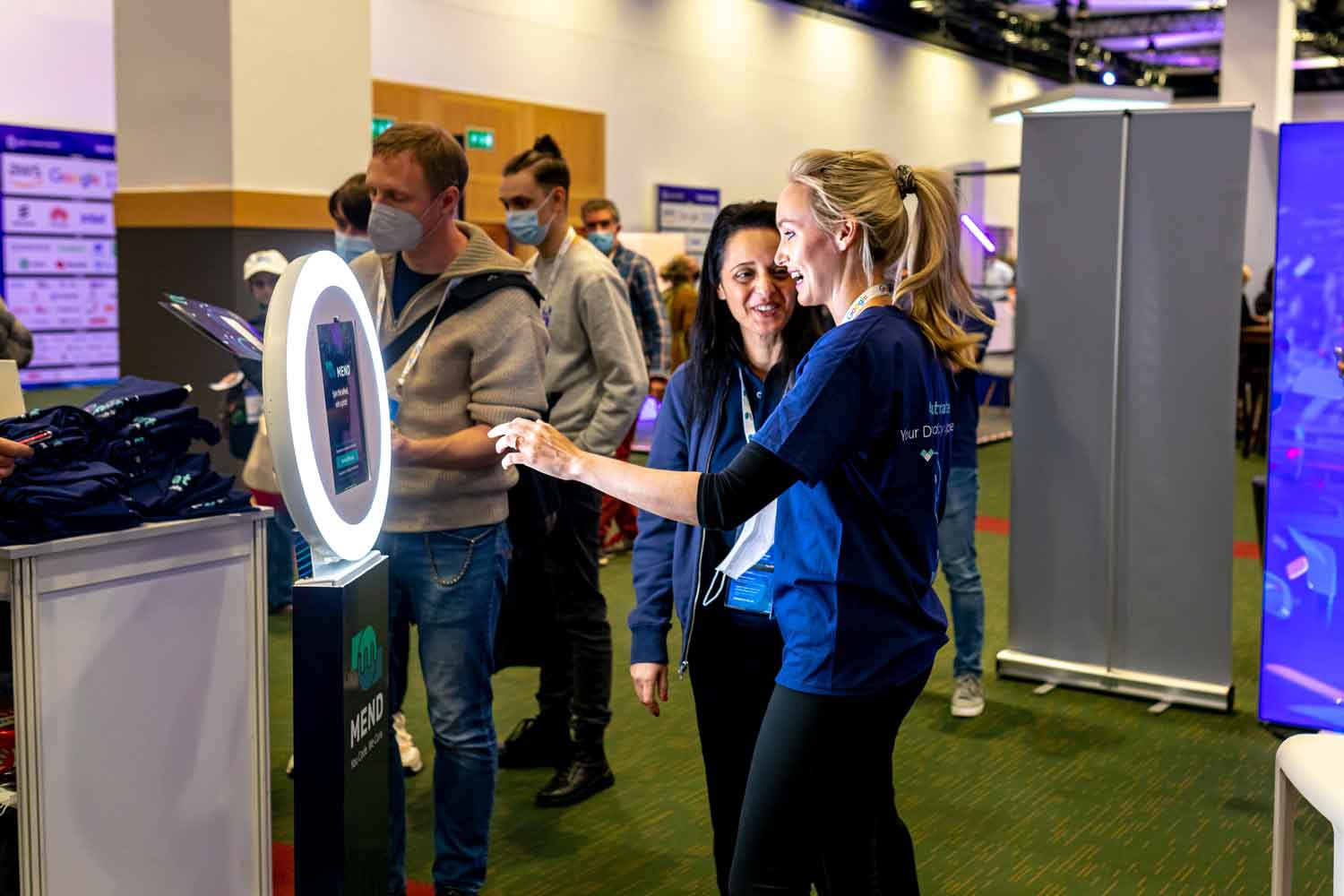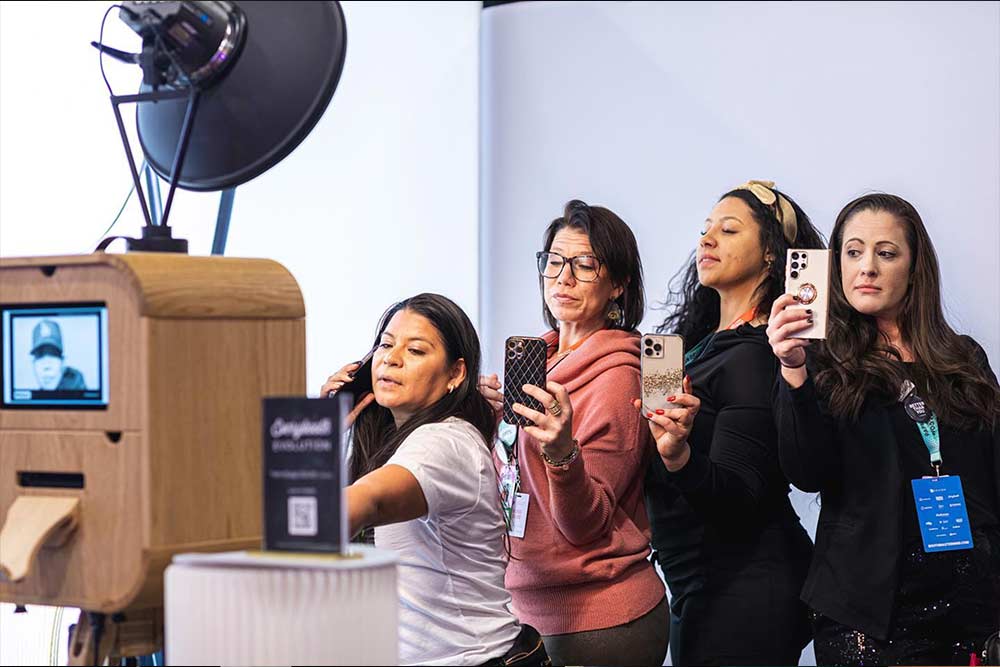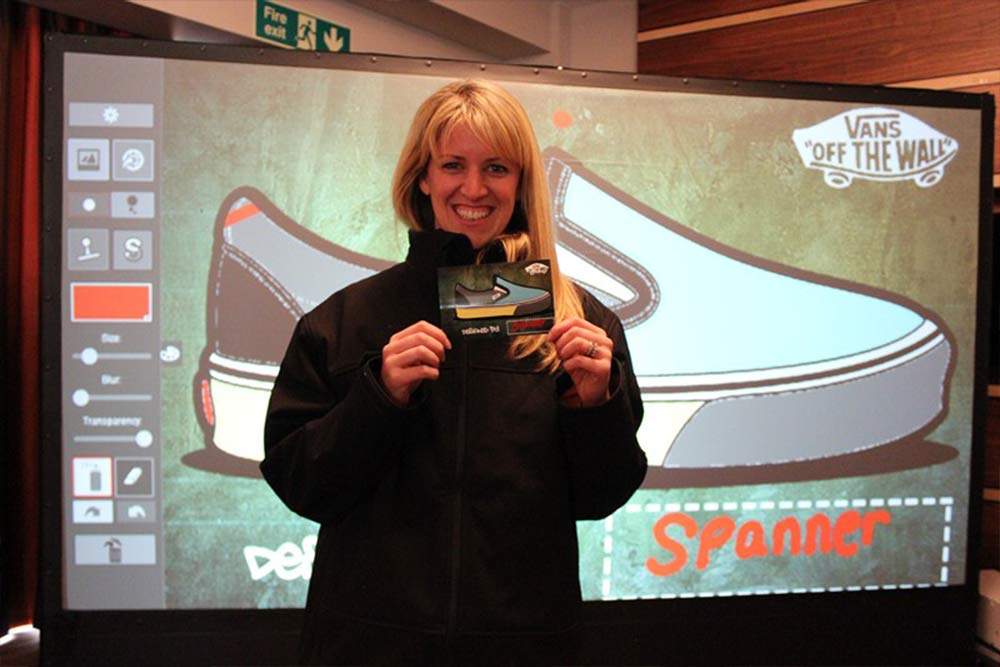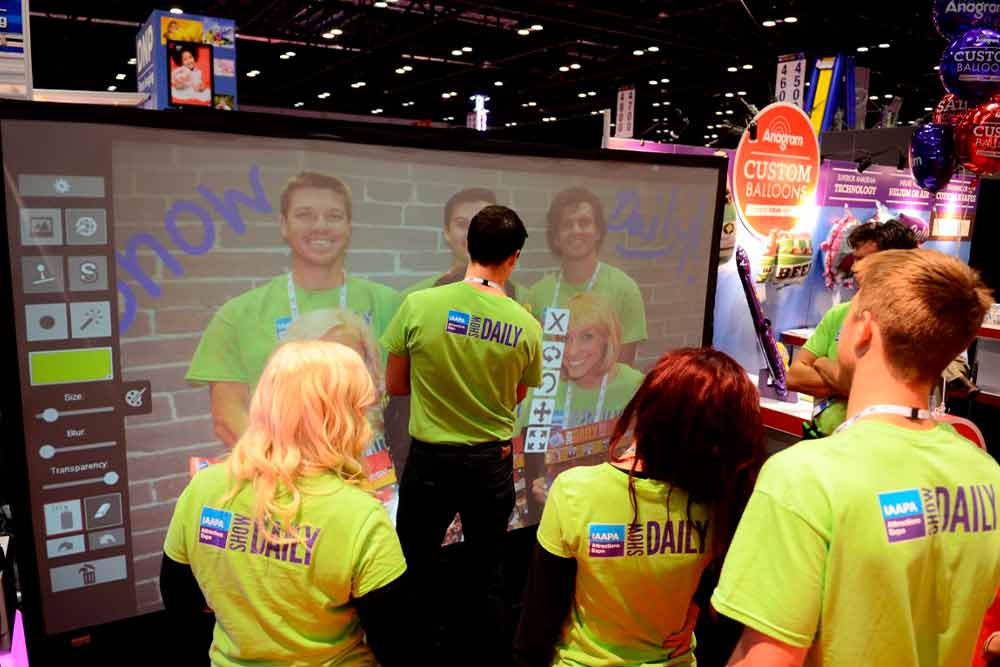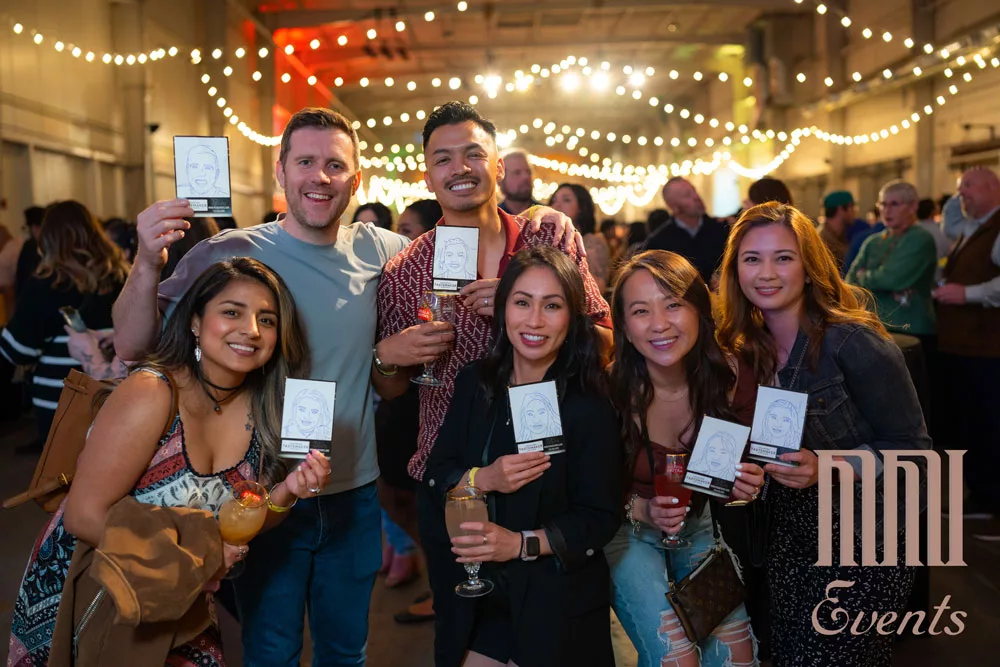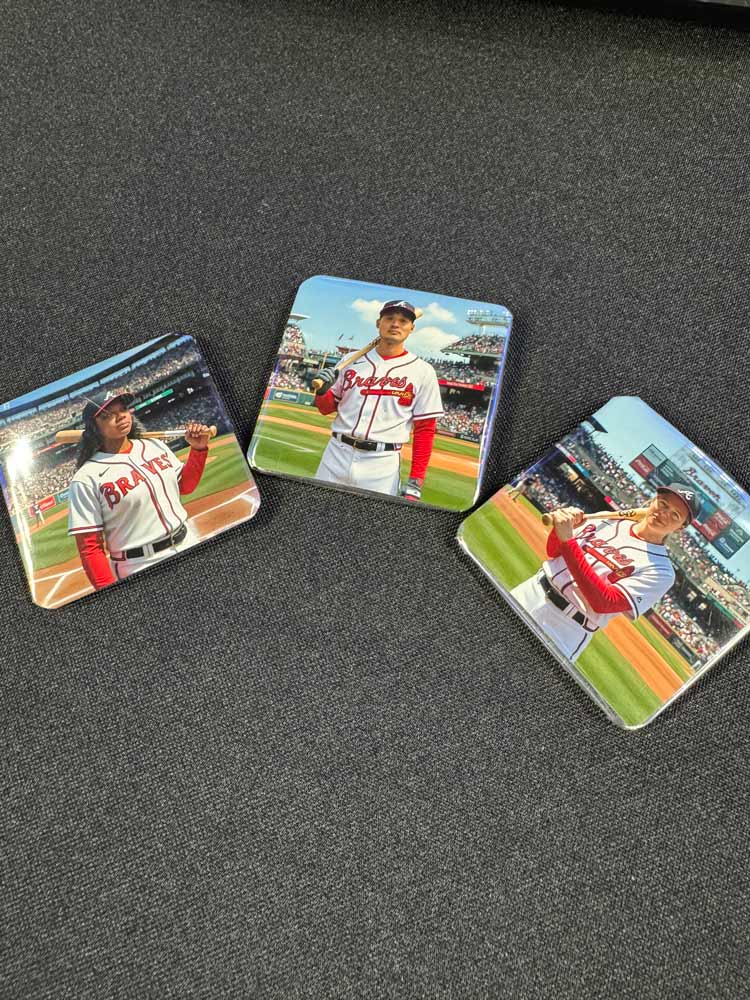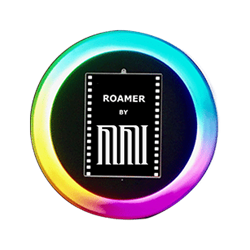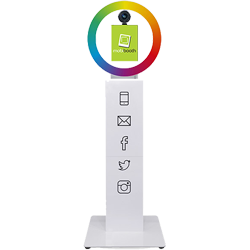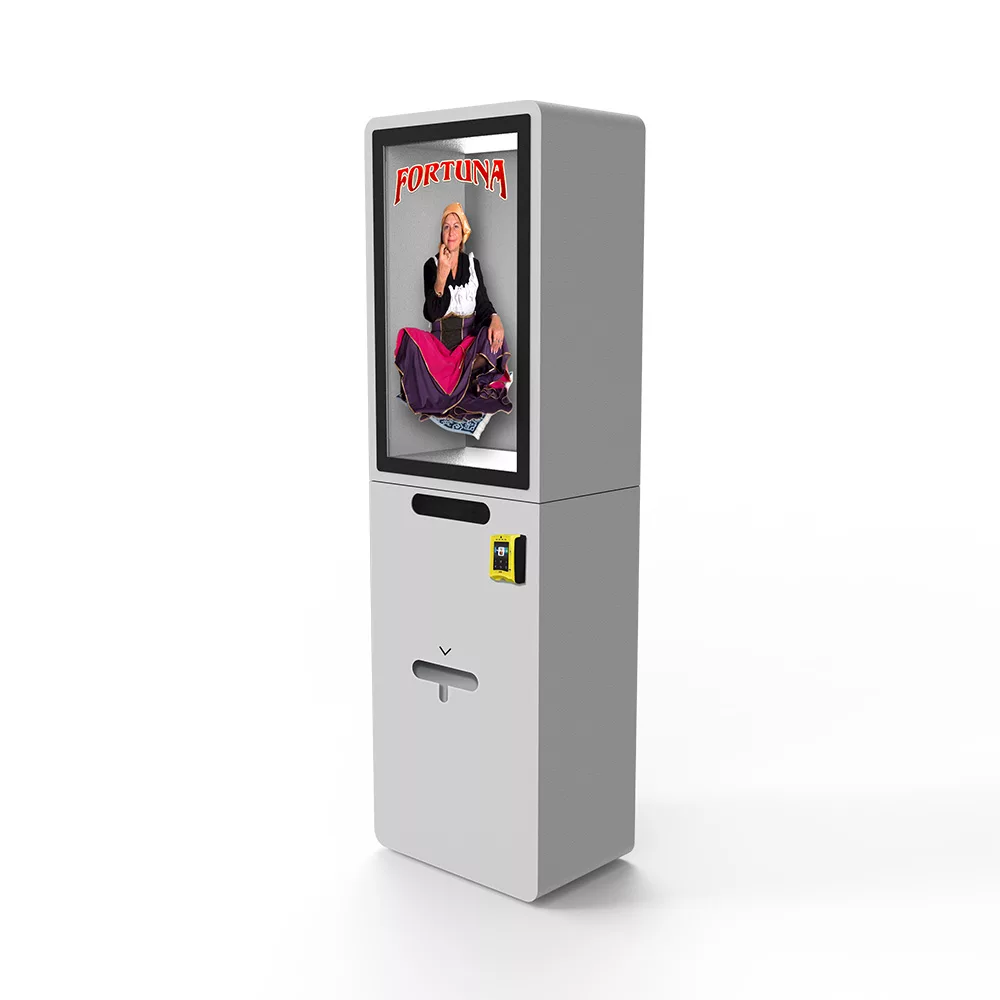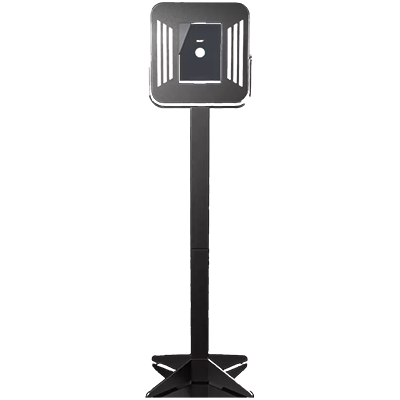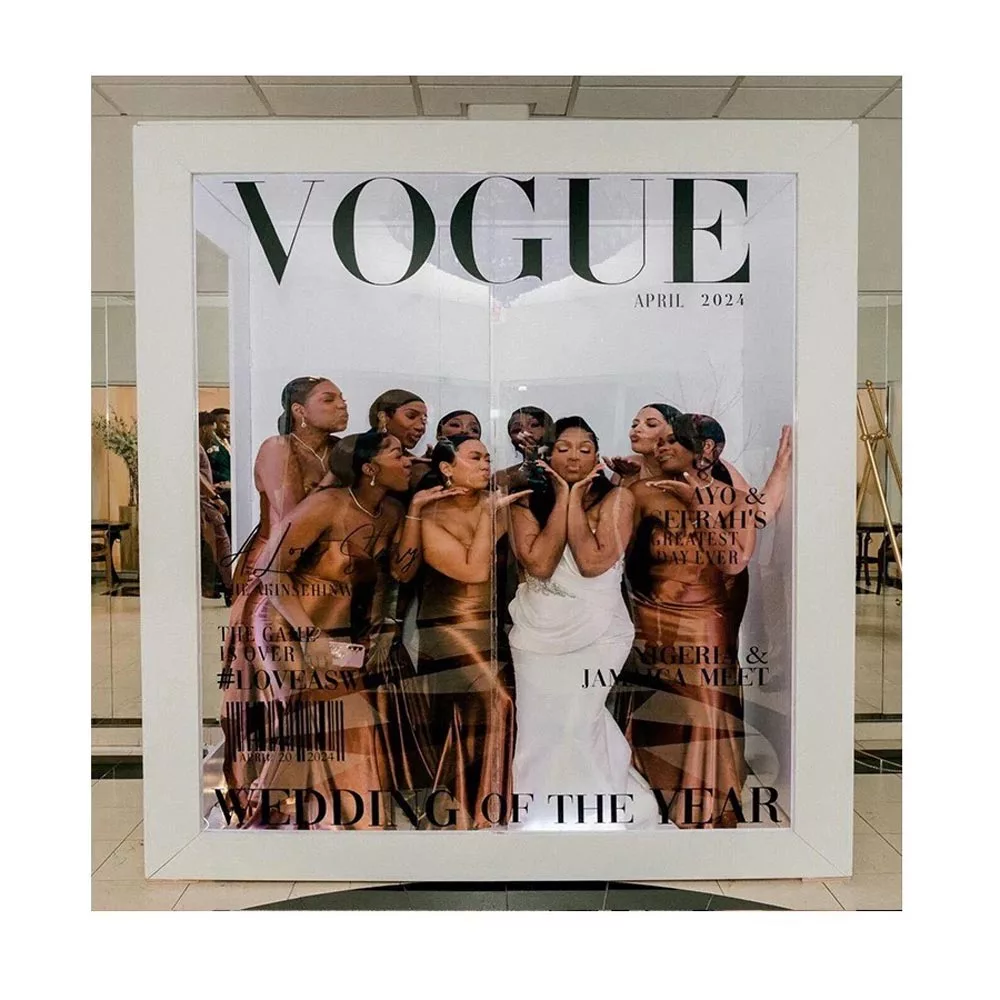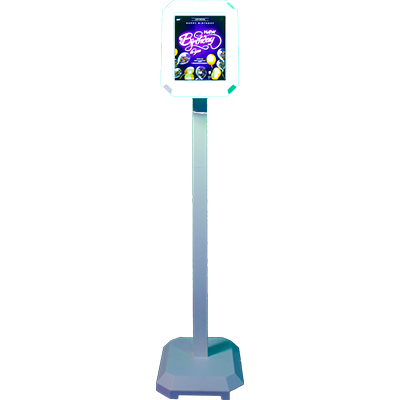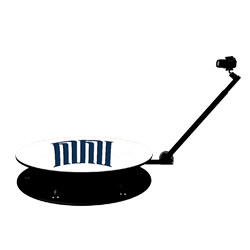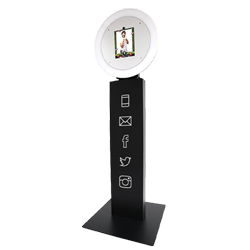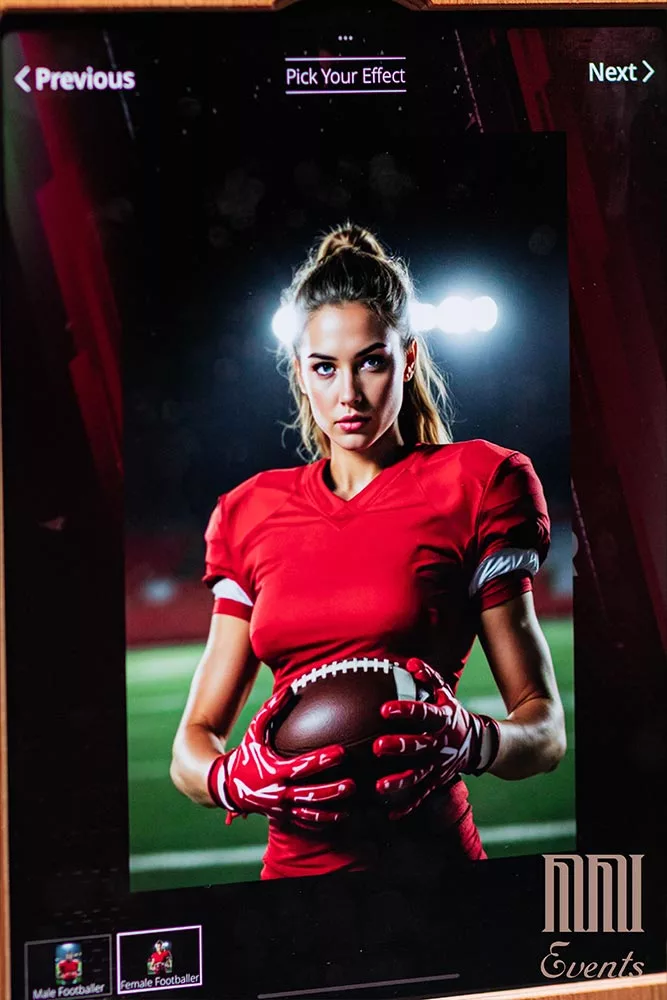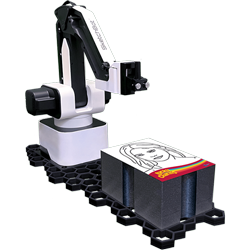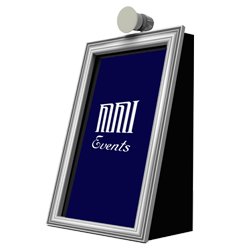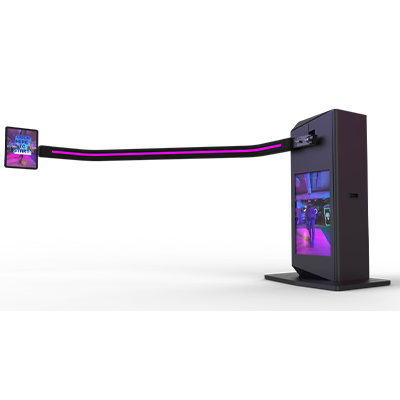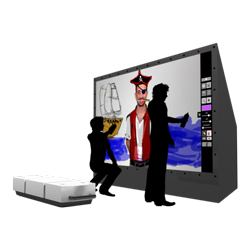Leveraging Online Platforms to Boost Event Visibility
In today’s digital age, social media has become an indispensable tool for marketing events. Utilizing social media platforms effectively can significantly enhance event visibility, engagement, and overall success. This comprehensive blog post will explore effective strategies for using social media to promote events and enhance attendee engagement, drawing from best practices and real-world examples.

Choosing the Right Platforms
Selecting the appropriate social media platforms for your event is crucial for reaching your target audience and achieving your marketing goals. Different platforms cater to different demographics and types of content. Facebook is ideal for creating event pages, sharing detailed information, and engaging with a broad audience. It offers powerful targeting options for ads, which can reach specific demographics and interests, maximizing event visibility. Creating an event page on Facebook allows you to share updates, post content, and interact with attendees in the comments, making it an excellent platform for both pre-event promotion and real-time updates.
Instagram is perfect for visually-driven content, utilizing Instagram Stories, IGTV, and Reels to share behind-the-scenes footage, event highlights, and promotional content. Using relevant hashtags and partnering with influencers can amplify your reach. Instagram’s visual nature makes it particularly effective for events related to fashion, art, and lifestyle, offering a dynamic way to engage with your audience through compelling visuals and interactive content.
Twitter excels in providing real-time updates and engaging with attendees through live tweets. Using a dedicated event hashtag helps aggregate all event-related content, making it easy for attendees to follow along. Twitter polls and Q&A sessions can drive engagement and interaction, fostering a sense of community around the event. Additionally, LinkedIn is the go-to platform for professional and corporate events. Creating a company page, sharing event updates, and using LinkedIn ads can effectively target professionals in specific industries, making it ideal for business conferences, workshops, and seminars.
Creating Engaging Content
Creating engaging and shareable content is key to capturing the audience’s attention and encouraging participation. High-quality visuals, including photos, videos, and graphics, are essential as eye-catching visuals are more likely to be shared and remembered by your audience. Professional photography and videography can showcase the event’s highlights and set the tone for what attendees can expect.
Sharing behind-the-scenes content builds anticipation and gives the audience a sneak peek into the event preparations. This type of content humanizes your brand and makes the audience feel more connected to the event. Interactive posts, such as polls, quizzes, and Q&A sessions, encourage engagement and make the audience feel involved, providing valuable insights into attendee preferences and expectations.
User-generated content adds authenticity and extends the event’s reach through attendees’ networks. Encourage attendees to create and share their own content using a specific event hashtag. Running a contest or giveaway for the best user-generated content can further incentivize participation, enhancing the event’s visibility and engagement.
Utilizing Hashtags and Influencers
Hashtags and influencers can significantly amplify your event’s reach and visibility on social media. Creating a unique event-specific hashtag helps aggregate all related content and makes it easy for attendees to follow updates. Promote the hashtag across all marketing materials and encourage attendees to use it when posting about the event.
Collaborating with influencers can extend your reach to their followers and add credibility to your event. Choose influencers whose audience aligns with your target demographic and whose values match your event’s theme. Influencers can create content, share updates, and even host live sessions to promote your event. Running hashtag campaigns leading up to the event can build momentum and keep the audience engaged. Encourage attendees to share their excitement and preparations using the hashtag, and feature the best posts on your event’s social media channels.
Engaging with Your Audience
Active engagement with your audience is crucial for building a community around your event and fostering a sense of participation. Respond to comments and messages promptly, acknowledging attendee questions and feedback, which shows that you value their input and are committed to providing a positive experience.
Live streaming key moments of the event, such as keynote speeches, performances, and behind-the-scenes glimpses, can engage both in-person and virtual attendees. Platforms like Facebook Live, Instagram Live, and YouTube Live are perfect for this purpose. Posting real-time updates during the event keeps the online audience informed and engaged. Share highlights, attendee reactions, and important announcements to maintain excitement and momentum.
Measuring Success
Measuring the success of your social media marketing efforts is essential for understanding what works and refining your strategy for future events. Utilize analytics tools provided by social media platforms to track metrics such as engagement, reach, impressions, and conversions. Tools like Facebook Insights, Instagram Analytics, and Twitter Analytics provide valuable data on how your content is performing.
Define key performance indicators (KPIs) that align with your event’s goals. Common KPIs include the number of event registrations, ticket sales, social media engagement, and post-event surveys. Conduct a post-event analysis to evaluate the effectiveness of your social media marketing strategy. Review what worked well and what could be improved, and use these insights to enhance future event marketing efforts.
Case Study: Tech Conference Social Media Strategy
A leading tech company hosted an annual conference to showcase its latest innovations and connect with industry professionals. The goal was to maximize attendance, engage with the audience, and generate buzz around the new product launches. The company used Facebook for event pages and ads, Instagram for visual content, Twitter for real-time updates, and LinkedIn for professional networking. High-quality visuals and videos were created to highlight keynote speakers, product demos, and behind-the-scenes preparations. Interactive posts, such as polls and Q&A sessions, were used to engage the audience.
An event-specific hashtag was promoted across all platforms, and attendees were encouraged to use the hashtag when posting about the event. Influencers in the tech industry were invited to attend and promote the event. They shared their experiences and provided live coverage on their social media channels. The company actively engaged with attendees by responding to comments and messages, hosting live streams of key moments, and providing real-time updates. The event hashtag generated thousands of posts, significantly increasing the event’s visibility. The social media campaign contributed to a record number of registrations and ticket sales. Post-event surveys indicated high attendee satisfaction, with many praising the engaging social media content and live streams.
Conclusion
Social media marketing is a powerful tool for promoting events and engaging with attendees. By choosing the right platforms, creating engaging content, utilizing hashtags and influencers, actively engaging with your audience, and measuring success, you can significantly boost event visibility and participation. Implementing these strategies will help ensure your event’s success and create a memorable experience for all attendees.
